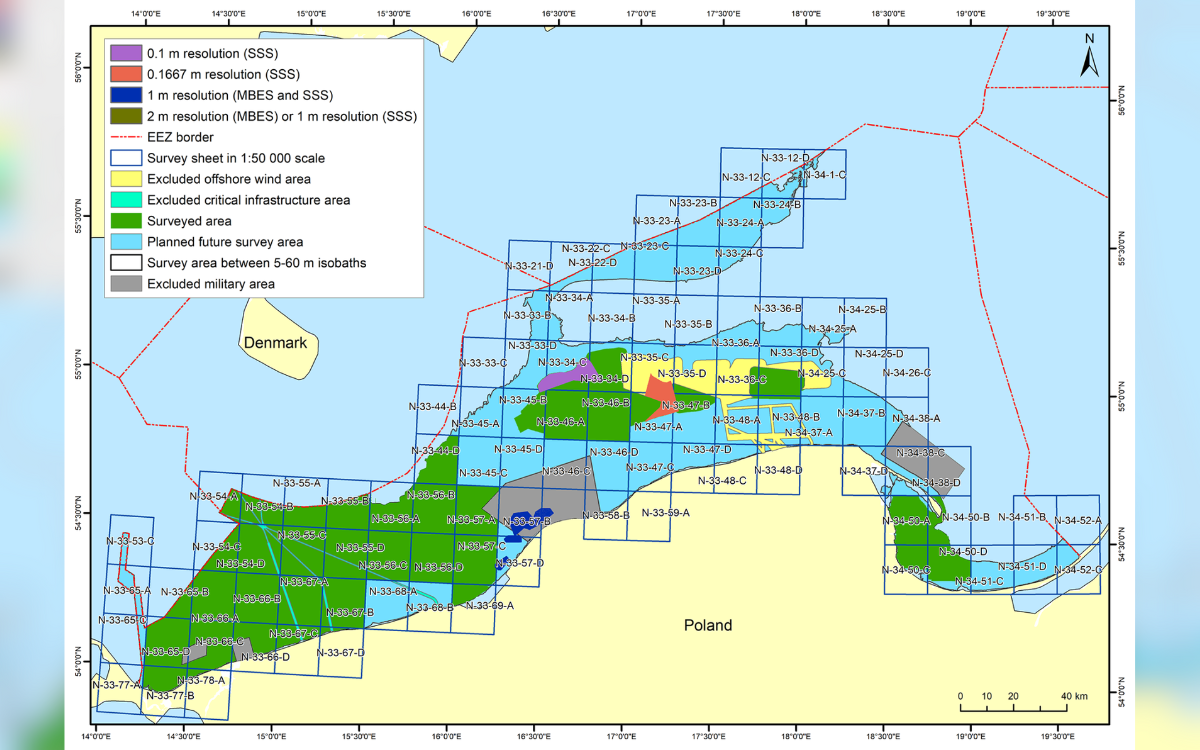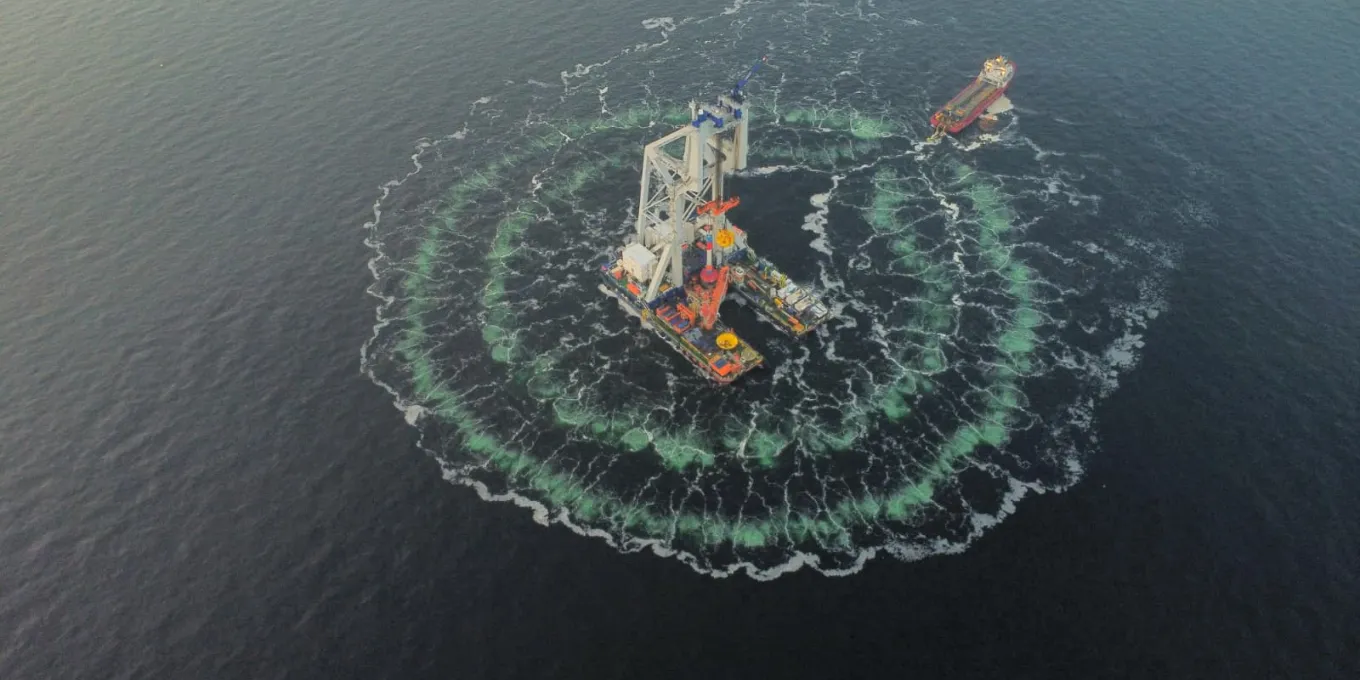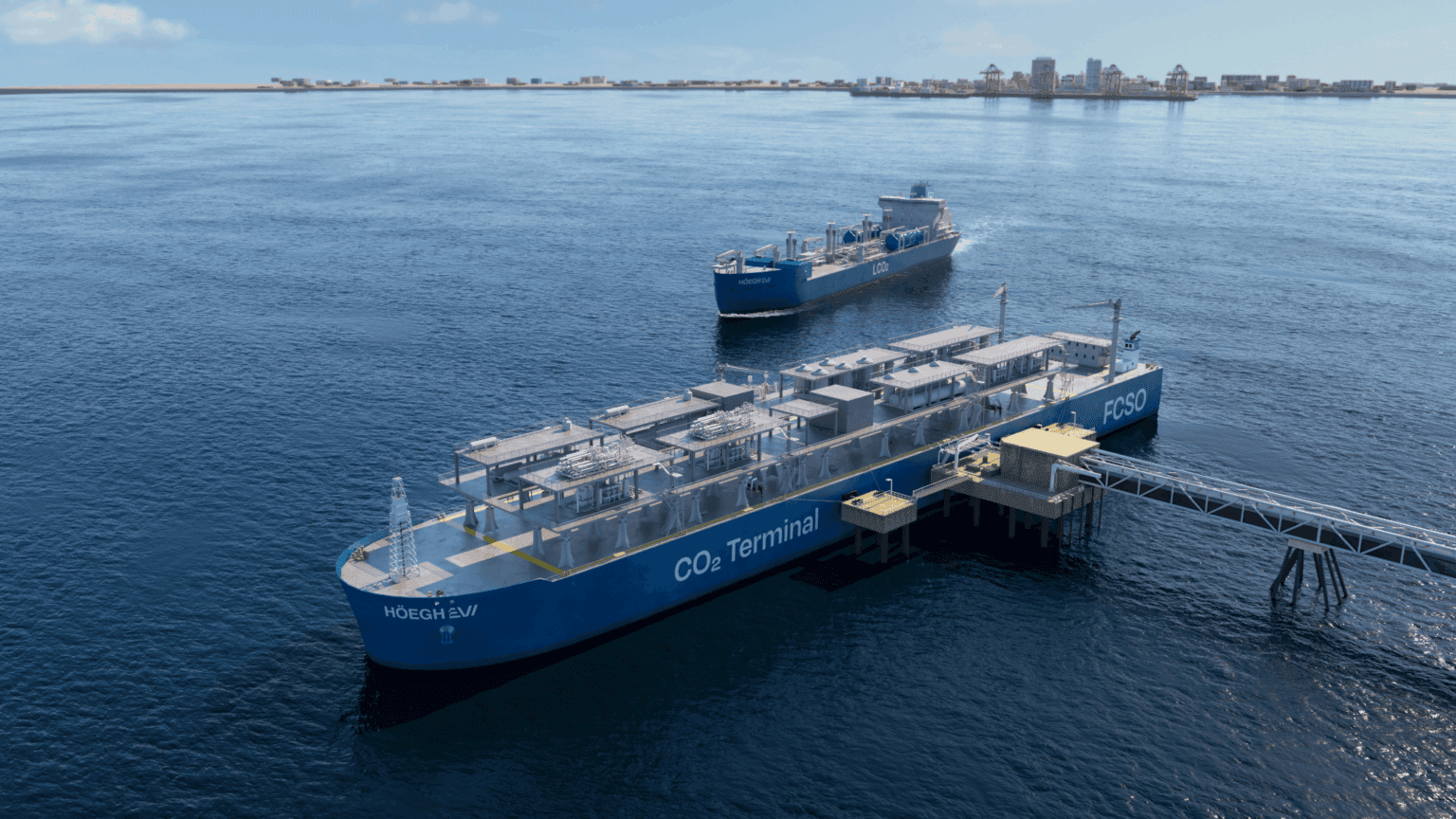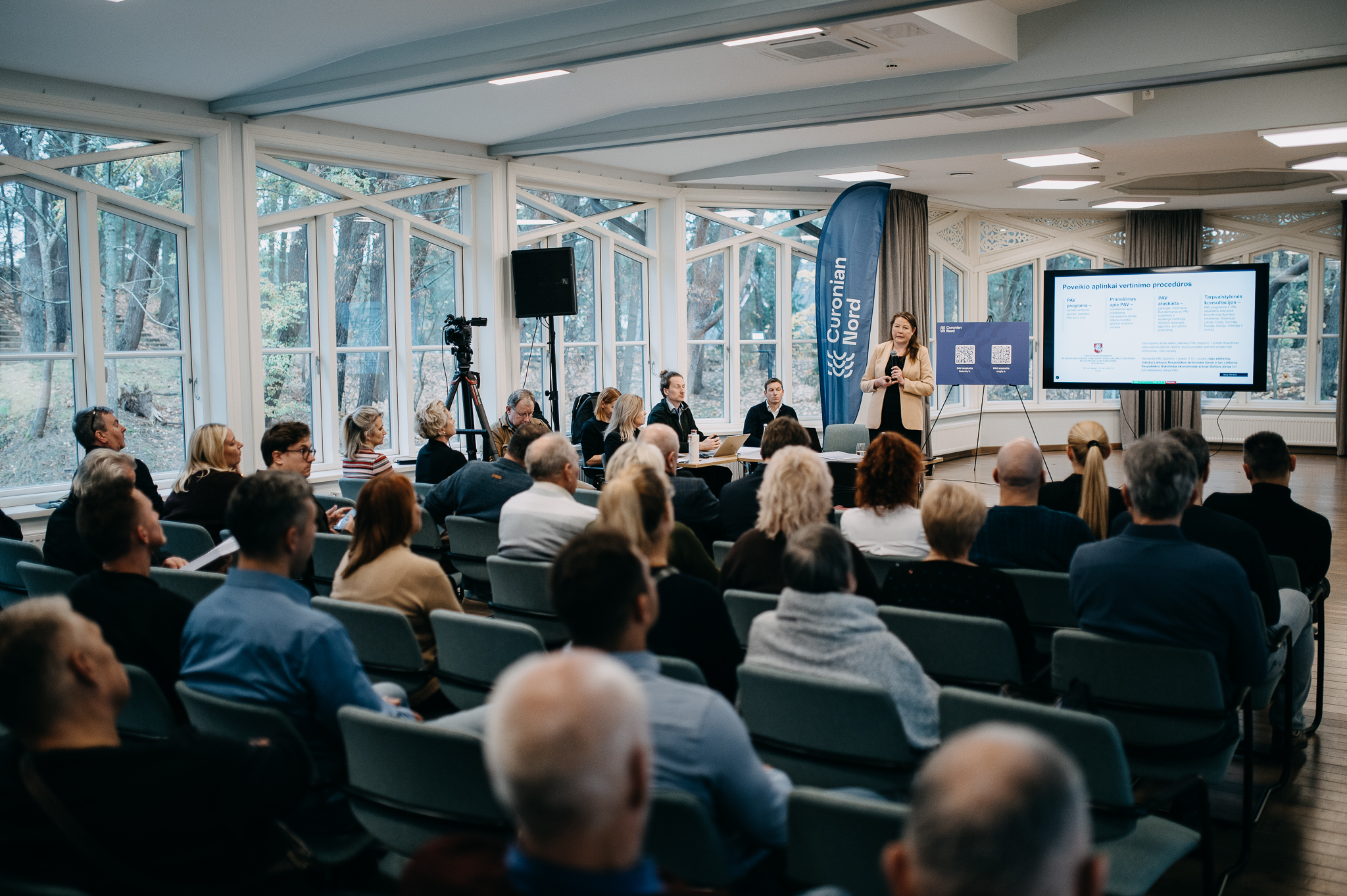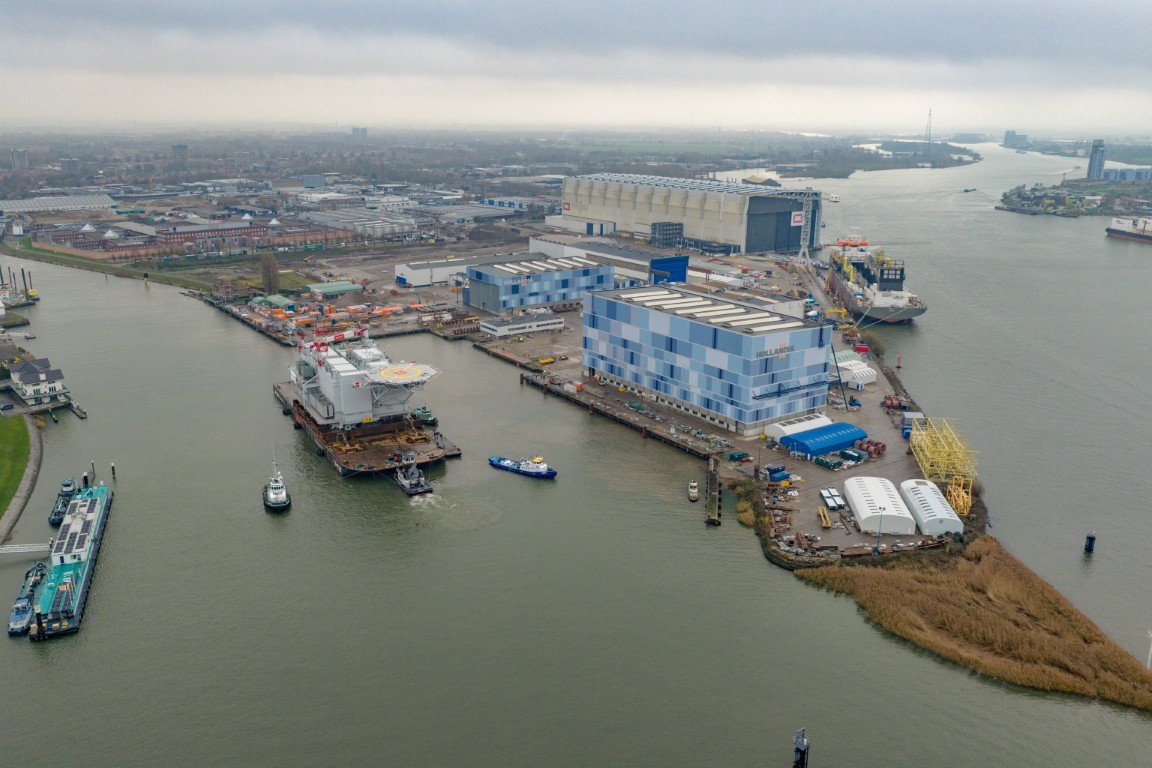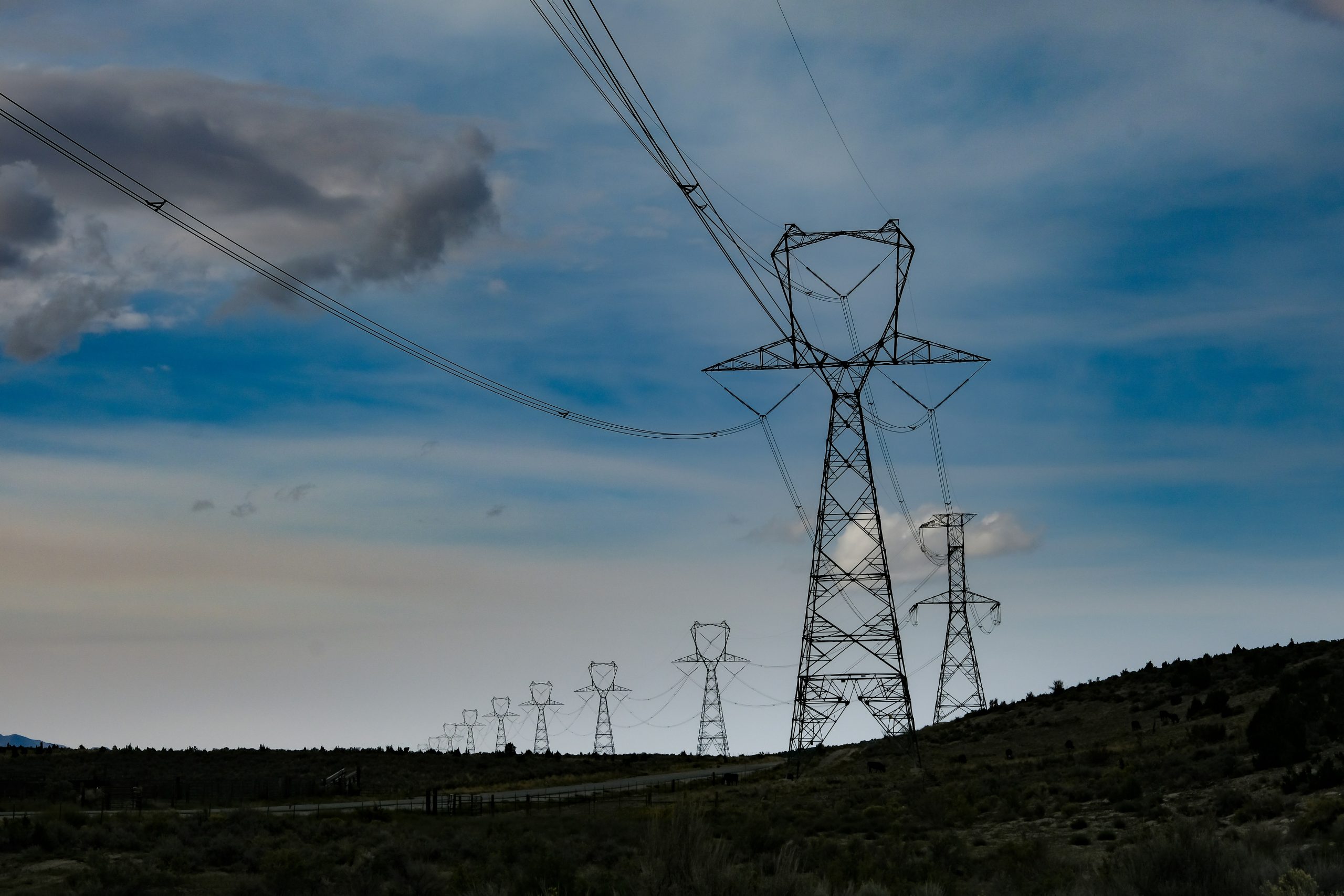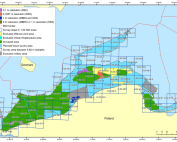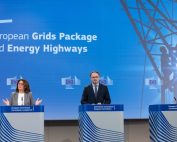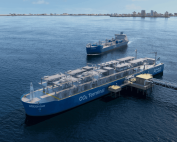Germany’s largest-ever offshore wind auction, as reported by S&P Global Commodity Insights, successfully concluded on June 1, attracting significant attention from major utilities, developers, and oil companies across Europe. The auction presented a remarkable total capacity of 7 GW, featuring three 2-GW wind farms in the North Sea and a 1-GW concession in the Baltic Sea. Notably, this auction represents the first instance of areas of the seabed being tendered without prior site investigation, albeit with a guarantee of grid connection by 2030.
The investment stakes for this auction range from €15 billion to €20 billion, based on recent capital expenditure costs for similar offshore wind projects in Germany and the North Sea. Despite the recent inflationary pressures in the renewables industry, it is expected that multiple bidders will propose building projects without subsidies, continuing the trend of zero-subsidy bids seen in Germany, the Netherlands, and Denmark. The maximum bid price for state support in this auction is capped at €62/MWh.
Alon Carmel, a renewable energy expert at PA Consulting, believes that rising costs may pose challenges but anticipates sufficient bidders willing to undertake projects on a zero-subsidy basis. In the event of multiple zero bids, a second-round “dynamic bid” phase will be introduced, akin to offshore wind lease auctions in the United States, with companies paying for the concession.
Among the participants, RWE AG confirmed its involvement in the 7-GW auction, while Vattenfall AB stated that it did not participate. Several other companies known to be active in German offshore wind either did not respond or declined to comment. However, EnBW Energie Baden-Württemberg AG and Equinor ASA have publicly expressed their intention to pursue offshore wind opportunities in Germany, and Electricité de France SA and BayWa r.e. AG have applied to create an offshore wind joint venture, indicating a potential bid.
In terms of the bidding process, the move towards dynamic bidding, also known as “negative bidding,” has generated mixed opinions within the wind industry. Some view it as the fairest way to resolve multiple zero bids, avoiding arbitrary selection methods such as drawing lots. On the other hand, lobby group WindEurope argues that dynamic bidding increases costs for offshore wind, particularly in cases where it is uncapped, as seen in Germany.
Germany aims to triple its installed offshore wind capacity between 2025 and 2030, with an unprecedented ramp-up. The plan is to have approximately 10 GW come online during this period, contributing to the target of 30 GW of offshore wind capacity by 2030. The new target includes an additional 10 GW of sites without prior examination, which will be tendered through the “not central” auction model. New grid link projects are being accelerated to meet the 2030 deadline.
BNetzA President Klaus Müller views the auctions as crucial steps towards achieving the 30 GW offshore wind target by 2030, noting the significant increase in scale. The combined area offered in the June auction spans almost 700 square kilometers, roughly the size of the state of Berlin. The central tender model for pre-examined sites will continue in August, with four concessions available in an auction that includes non-price criteria, a first for Germany.
In addition to the recent auction, Balticwind.eu had already reported on the planned auction in February. The tenders are seen as a crucial step towards achieving Germany’s offshore expansion target of 30 GW by 2030, as stated by Klaus Müller, President of the Federal Network Agency. The capacity offered in the auction far surpasses the previous annual tender volumes for offshore wind energy. The areas for offshore wind farms are strategically located, with three areas in the North Sea and one in the Baltic Sea. The wind farms are scheduled to be commissioned by 2030, contributing to the ambitious renewable energy goals of Germany.
Overall, the conclusion of Germany’s largest-ever offshore wind auction represents a significant milestone in the country’s transition towards renewable energy. The auction not only attracted major industry players but also showcased the growing interest in zero-subsidy projects and the increasing competitiveness of the offshore wind sector. The insights from S&P Global Commodity Insights provide valuable analysis and market intelligence for industry observers, investors, and stakeholders.
Source: S&P Global Commodity Insights, Balticwind.eu



